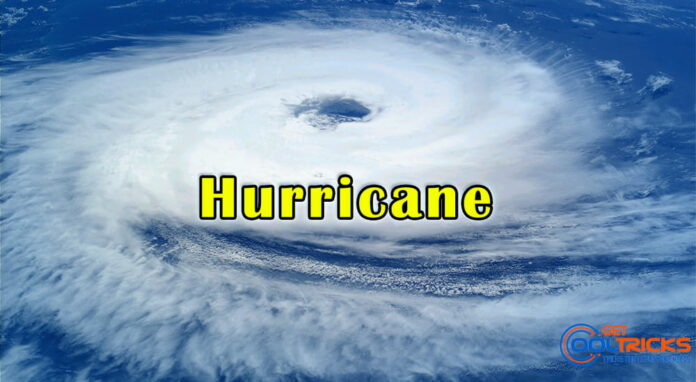National Hurricane Center’s Official website
The nascent disturbance has a 70 percent chance of development and could affect Florida’s Gulf Coast
The National Hurricane Center in Miami estimates a 70 percent chance of eventual development. In recent days, weather models, namely the European model and the German ICON model, were hinting at a potential tropical storm for the midweek. The American GFS model, however, was stubborn, insisting no storm would form
- A system in the western Caribbean is probably going to become a tropical depression or named storm by late Sunday or Monday. If it becomes a tropical storm, it will be named Idalia.
- There is an increasing chance of impacts from high surf, rip currents, gusty winds, coastal splashover, minor storm surge and heavy rainfall for the west coast of Florida from Tampa Bay through the Big Bend and the Panhandle, and perhaps into coastal Alabama by the middle of next week.
- A storm farther west would likely be a stronger storm. An eastward track would favour more pernicious interaction with an upper-air disturbance.
- Residents of the Gulf Coast should continue to monitor the latest on the progress of this system.
Meteorologists are also keeping close tabs on Tropical Storm Franklin, which lashed Hispaniola earlier in the week with damaging winds, copious rainfall and mudslides.
Now the system is charging northward and could attain Category 2 hurricane status southwest of Bermuda in the coming days.
On Friday morning, showers and thunderstorms were present in a loose, disorganized cluster north of Honduras and east of Belize in the western Caribbean Ocean.
On satellite imagery, a broad counterclockwise surface spin was visible. That’s inflow or warm, moist air in contact with the sea surface streaming into the system.
You may also spot some translucent clouds at the upper altitudes fanning clockwise, demarcating outflow. That’s the cool air exhaust exiting the system.
A storm needs to evacuate outflow to ingest more warm, moist air for fuel. Since the system so far is exhibiting both, it has a head start toward consolidation.
Weather models indicate that the incipient system will begin to strengthen into Sunday, scraping along the east coast of the Yucatán Peninsula before sliding west of Cuba into the southern Gulf of Mexico.
From there, uncertainty grows. An upper-level low-pressure system may strengthen high-altitude winds, working to knock the fledgling storm off kilter.
If it evades that upper-level low, however — which would occur if it can slip a bit farther west — it may have a better shot of further strengthening.


